Stress fractures are common overuse injuries, they are often seen in sports with repetitive forces such as running, basketball and gymnastics. Although it can be hard to diagnose without medical imaging, there are some tell tale signs. Often the site of the stress fracture is very painful when you touch the bone. Many people also experience pain after beginning an activity which then subsides once the activity has ended.
What Causes a Stress Fracture?
Unlike a broken bone, stress fractures are small cracks in the bone, which are often caused by highly repetitive activities such as running long distances or any sport which requires a lot of jumping. Stress fractures can also be a result of underlying conditions such as osteoporosis or nutritional deficiencies that have caused the bones to weaken.
Learn more about osteoporosis here!
How to Treat a Stress Fracture?
The best treatment for stress fractures is rest. Depending on the nature of the injury and the individual, it can be up to 12 weeks. This can be very difficult for athletes in particular, but returning to an activity too soon can slow the healing process and then result in more rest time. If there is swelling in the area, regular icing can help bring down the inflammation as well as Hivamat Therapy or Therapeutic Ultrasound. You can learn more about injury rehabilitation therapies here!
A rehabilitation specialist can help insure a proper recovery by prescribing exercises to assist with load management.
Can you Prevent a Stress Fracture?
The key to preventing injuries is to build a strong and resilient body. A rehabilitation specialist such as a Chiropractor, Athletic Therapist, Physiotherapist or Kinesiologist, can identify the causes of the stress fracture and work to correct any deficiencies through exercise rehabilitation as well as suggest modifications to your training.

